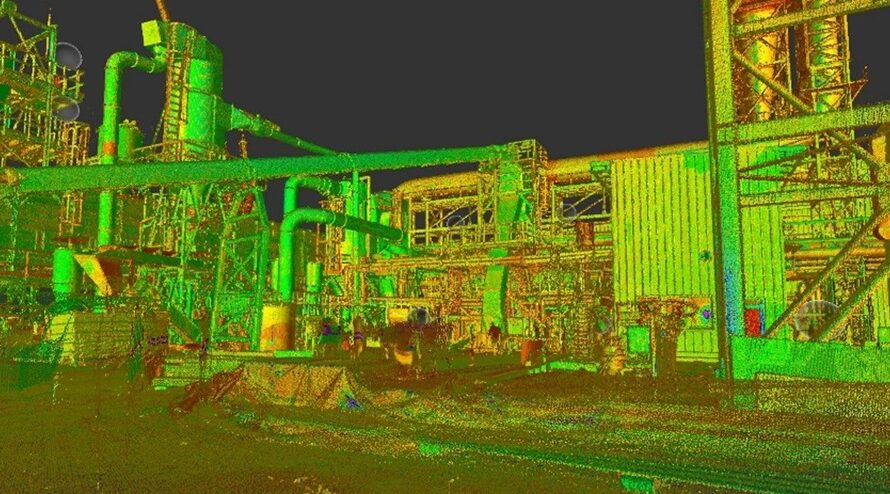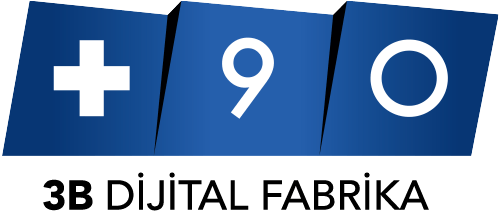From a coin to a fighter jet!
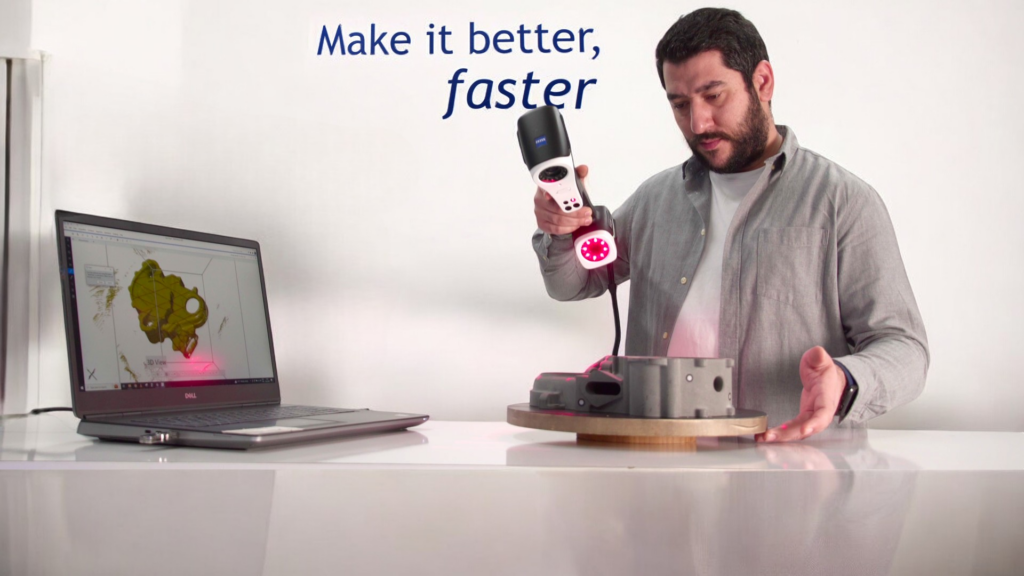
3D SCANNING
From a coin to a fighter jet, we can scan any of your products with our industrial scanning systems and perform reverse engineering and 3D quality control. 3D Scanning service is the process of quickly and easily transferring the 3D data of objects that do not have existing digital data into a computer environment. In other words, 3D Scanning is the first step in creating CAD data for an object that lacks a 3D CAD model. The object data obtained through 3D scanning services is processed using specialized software for Quality Control and Reverse Engineering applications, according to the customer’s specific requirements. Depending on the customer’s request, scanning data in formats such as .STL and .OBJ, 3D CAD models in formats like .IGS, .STP, .X-T, etc. after modeling, or reports as a result of quality control are delivered to the customer. As +90 3D Digital Factory, we offer 3D scanning and reverse engineering services for objects of different sizes from a coin to a factory with the various scanning devices we possess!
Contact Us for Your Offer Requests and Questions!
3D Scanning
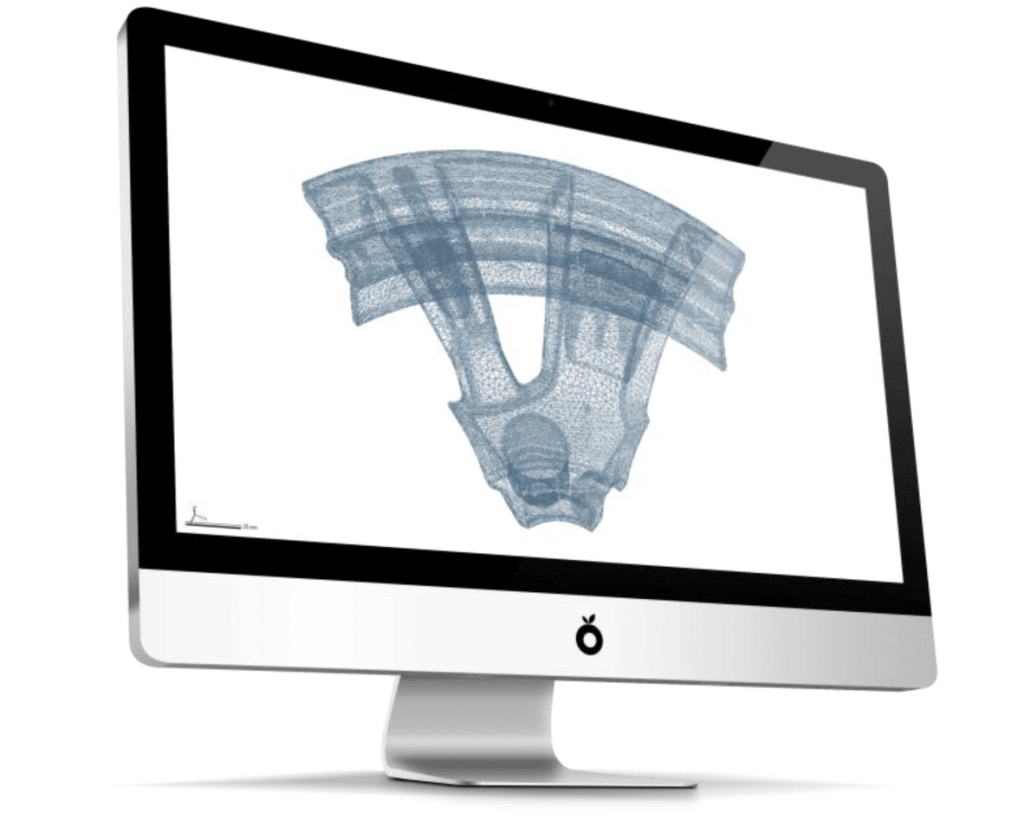
3D Modeling
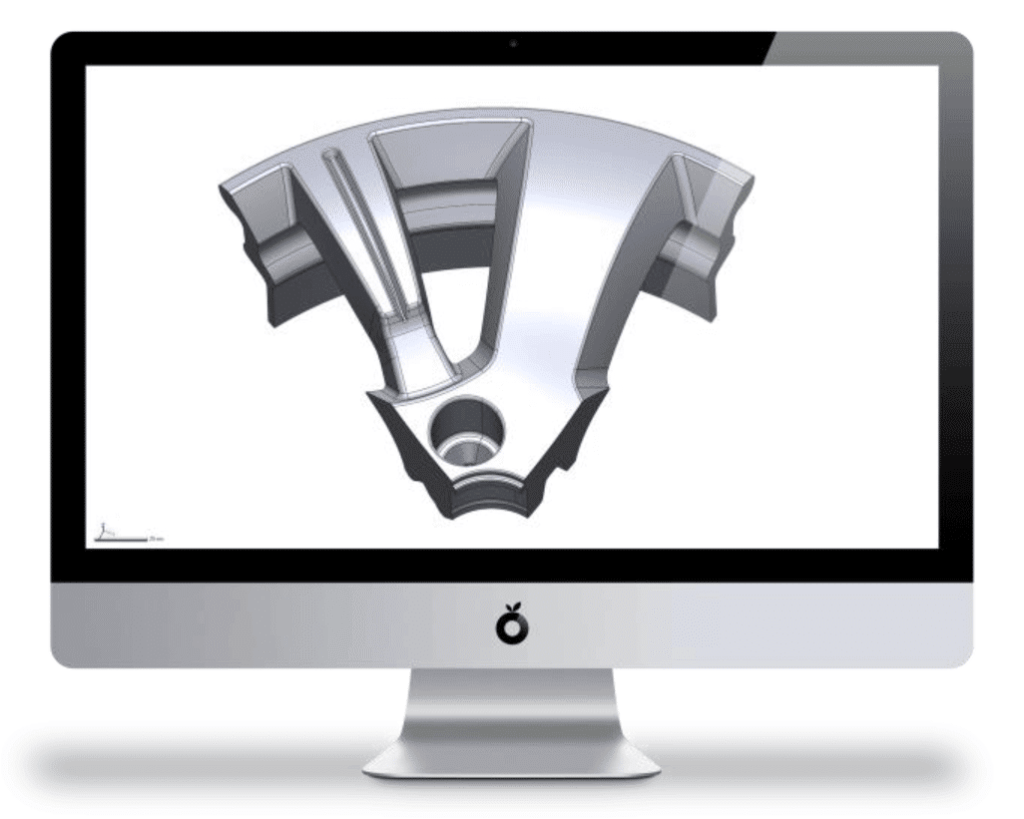
3D Quality Control
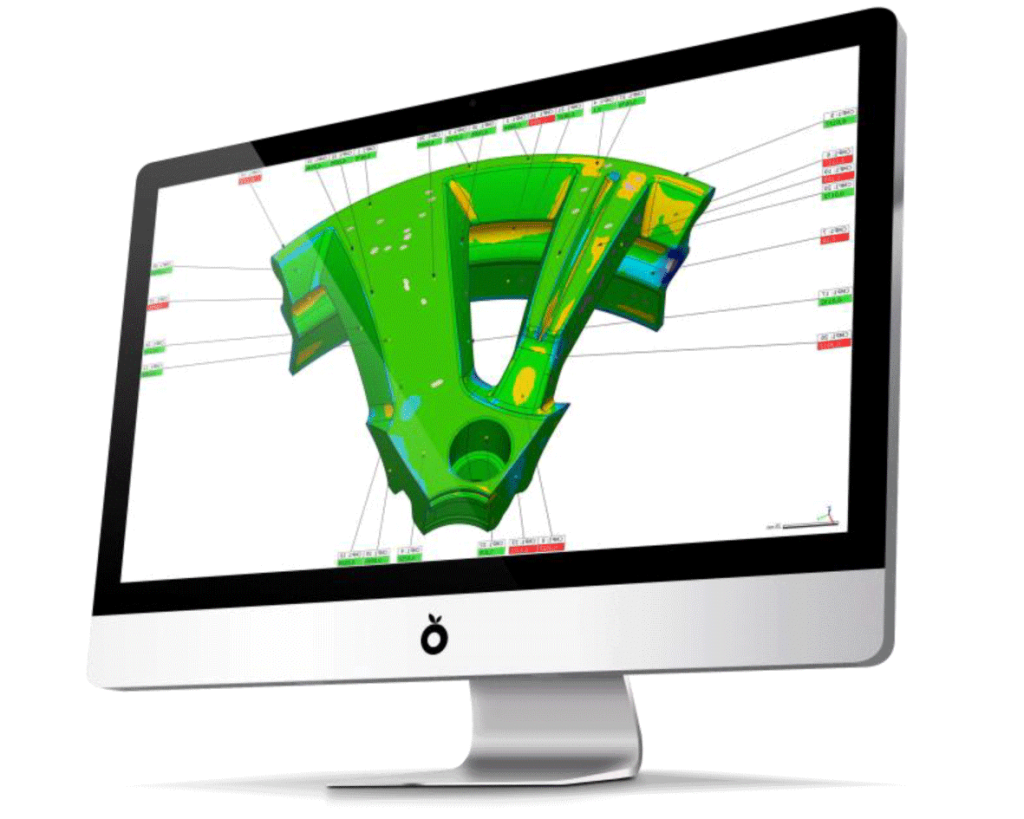
PROBLEMS YOU CAN SOLVE WITH 3D SCANNING
Lack of 3D data for a product intended for reproduction.
Insufficient documentation of the original design.
The required product is no longer being manufactured.
Analysis of strengths and weaknesses of competitor products.
Need for design revisions in existing products.
Original CAD data being insufficient for modern manufacturing methods.
Easily creating CAD models of non-geometric (freeform) parts.
Creating CAD models of deformed or worn parts.
Rapid creation of high-precision CAD models.
Creating CAD models for parts that cannot be measured using traditional tools like calipers or micrometers.
[email protected]
3D Scanning is the process of quickly and easily transferring the 3D data of objects that do not have existing digital data into a computer environment.
As +90 3D Digital Factory, we can perform 3D Scanning and Reverse Engineering processes for objects of different sizes, from a coin to a factory, with the various scanning devices we possess!
Object data obtained through 3D scanning is processed using specialized software for Quality Control and Reverse Engineering applications according to your requirements, or delivered to you in formats such as STL and OBJ without any additional processing.
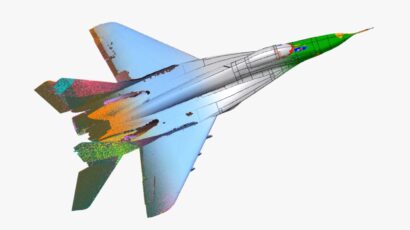
The process of 3D CAD modeling using point cloud data obtained through 3D Scanning of objects that have a physical sample but lack 3D CAD data is called Reverse Engineering. The reverse engineering process begins with scanning the part with a 3D scanning device. The data obtained from the 3D scanning process creates the point model. Using this data, surface and solid models are prepared in formats such as IGS, STP, X_T, and Carpart through 3D modeling work in the CAD environment using reverse engineering software.
Reverse Engineering is:
Easy creation of CAD models for non-geometric parts.
Creating CAD models for deformed parts.
Creating CAD models for parts that cannot be measured with measuring tools such as calipers and micrometers.
Creating CAD models with high precision.
Providing high-quality, fast, and economical solutions by shortening the CAD model creation time.
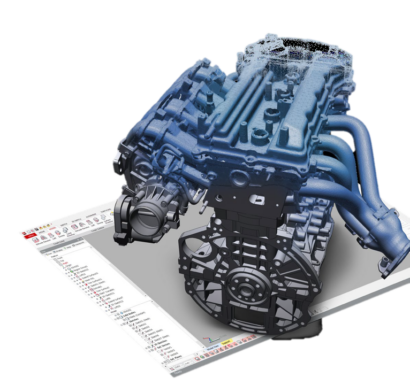
Data obtained through 3D Scanning is used in quality control applications to perform comparisons with the original design data. As a result of the comparison between scan data and CAD data, dimensional reports—including surface deviation, point-to-point, and linear measurements—are delivered to the customer.
Surface Color Deviation Control
Point and Linear Measurement
Dimensional Control via Cross-sections
3D GD&T (Geometric Dimensioning and Tolerancing) Control
2D GD&T Control
Automated Reporting
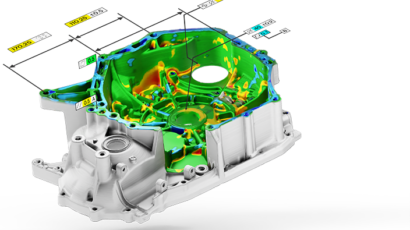
SCAN to CAD/BIM refers to the process of scanning structures, industrial facilities, mines, historical artifacts, and objects that lack digital data or written documentation using a 3D Scanning Device. This process involves creating a parametric 3D model from the scan data and transferring it into a digital environment.
Within the scope of Digital Twin solutions, we facilitate the digital transformation of various applications by leveraging our advanced 3D Scanning and Modeling competencies.
This transition provides up to 80% time savings compared to traditional surveying methods, delivering results that are significantly more accurate and reliable than manual measurements. 3D Scanning and Modeling is the ideal solution for modeling required data from scratch or documenting as-built conditions, as well as for the digital archiving of assets.
